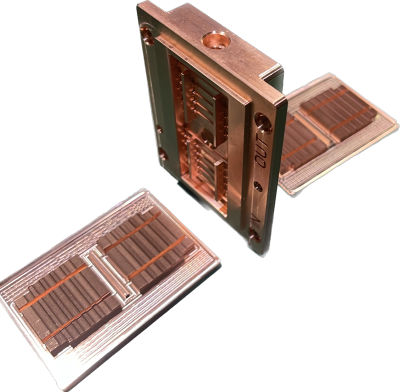What is a CPU and CU Skived Fin water cooling radiator?
페이지 정보
작성자 최고관리자 작성일 23-12-01 11:10본문
1.Principle
From the perspective of water cooling heat dissipation principles, it can be divided into two categories: active water cooling and passive water cooling. In addition to having all the accessories of the water-cooling radiator, active water cooling also needs to install a cooling fan to assist heat dissipation, which can significantly improve the heat dissipation effect. This water-cooling method is suitable for DIY overclocking players with fever. Passive water cooling does not require the installation of any cooling fans. It only relies on the water-cooling radiator itself for heat dissipation. At most, some heat sinks are added to assist heat dissipation. This water cooling method is less effective than active water cooling, but it can achieve an utterly silent effect. , suitable for mainstream DIY overclocking users.
The real advantage of all-in-one water cooling is that it can handle much higher CPU wattage than any air-cooled radiator and is unaffected by high temperatures inside the case. If used for low-power CPUs, water-cooling radiators are similar to suitable air-cooling radiators in cooling the CPU. But when using a high-end or extremely overclocked CPU that generates much heat, even a tiny DIY water cooling system can keep the CPU temperature relatively low.
첨부파일
- 젠브릭스_CU Skived Fin Heat Sink_KCSONE.mp4 (2.8M) 128회 다운로드 | DATE : 2023-12-01 11:17:46
- 이전글Firstack Digital IGBT Gate Driver and Boards_Catalogue 2023 23.12.19
- 다음글젠브릭스(KCSONE)_사업장 확장 이전에 따른 주소변경 23.09.14




